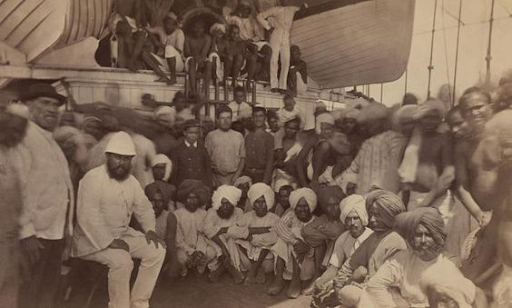The Dutch Chronicles (1616 – 1815)
Guyana’s tryst with history commenced when Dutch explorer Peter Stuyvesant planted the Dutch flag on its shores in 1616. This marked the inception of Dutch influence in the region, with Fort Kyk-Over-Al as their inaugural trading post. As the years passed, they constructed forts and settlements, including Fort Zeelandia and the iconic New Amsterdam, now known as Guyana’s capital, Georgetown.
The Rise of Cuffy and the Berbice Slave Rebellion (1763)
One of the most stirring chapters of the Dutch era was the Berbice Slave Rebellion in 1763. At its helm stood Cuffy, an enslaved African with an unquenchable spirit. This revolt, one of the earliest and most triumphant in the Americas, played a pivotal role in shaping Guyana’s destiny.
British Takeover (1815)
In 1815, the British wrested control of Guyana from Dutch hands, following the Napoleonic Wars. This shift in power signified a monumental juncture as Guyana transitioned from Dutch to British sovereignty.
The Arrival of Indian Indentured Laborers (1838 – 1917)
One of the most transformative periods in Guyana’s narrative was the arrival of Indian indentured laborers. Between 1838 and 1917, over 240,000 Indians were transported to Guyana to toil on sugarcane plantations. This migration dramatically reshaped the country’s cultural and demographic landscape.
Indian Cultural Influence
The impact of the Indian community on Guyanese culture is profound. From the resplendent hues of Indian attire to the tantalizing aroma of spices that infuse Guyanese cuisine, the Indian legacy endures. Hinduism, Islam, and Christianity, introduced by the Indian diaspora, are integral to Guyana’s religious mosaic.
Commemorating Indian Arrival Day (May 5th)
Guyana annually observes Indian Arrival Day on May 5th, commemorating the first arrival of Indian indentured laborers. Festivals, cultural performances, and delectable Indian fare grace these celebrations, offering a vivid glimpse into the rich Indian heritage.
Independence and the Modern Era (1966 – Present)
On May 26, 1966, Guyana broke free from British rule and stepped onto the stage of independence. Since then, the nation has continued to evolve, embracing its multicultural identity. Today, Guyana is a harmonious fusion of Dutch, British, Indian, African, and indigenous legacies.
Exploring Guyana’s Historical Treasures
In your exploration of Guyana, the footprints of its Dutch and Indian history will guide your way. The colonial architecture of Georgetown and the bustling Indian markets pay homage to the past, as history unfolds before your eyes.
As you traverse the streets and engage with the affable locals, take a moment to reflect on the intricate tapestry of history that has shaped Guyana into the diverse and captivating nation it stands as today. It’s a journey through time that will captivate history-loving readers and offer them a profound appreciation for Guyana’s multifaceted heritage.
